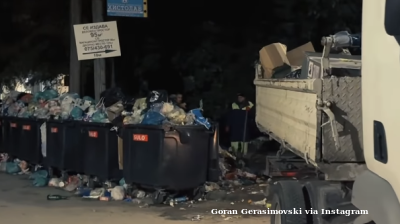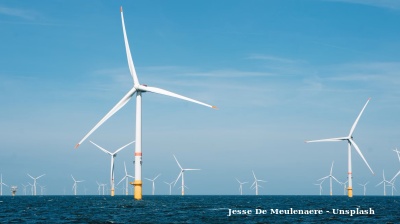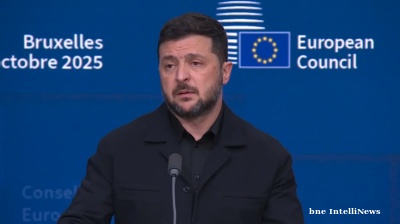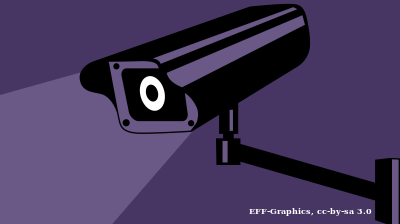In the deepening trade conflict between Washington and Beijing, one exception has stood out: 31 critical minerals, including rare earth elements, were exempted from tariffs. The move was less a concession than an admission. As one US official noted, it was a “tacit acknowledgment” of America’s heavy reliance on China for materials vital to “technological competitiveness, clean energy transition and national defence.”
Beijing has Washington over a barrel. China accounts for about 90% of the world’s supplies of rare earth metals (REMs) that are essential to the production of today’s most sophisticated technology as well as EVs and wind turbines. The US has only one plant producing REMs of its own and remains almost entirely dependent on China for supplies.
And Beijing is threatening to use that leverage to get US President Donald Trump to backdown after he imposed 145% import duties on Chinese products. China’s Ministry of Commerce announced new export controls and pricing principles that effectively halted rare earth shipments. This is not a ban on exports to the US, but introduces paperwork that can easily throttle the trade if Chinese President Xi Jinping chooses to up the ante in the showdown with the White House over tariffs.
Exporters, caught in a newly opaque licensing regime, paused activity pending government approvals. The change also represents a change in the way Beijing sees REMs: it is seeking to price rare earths not on supply and demand as if they were a commodity, but on their “strategic value.”
The fallout was immediate. Trump issued an executive order directing a review of the national security risks arising from America’s reliance on imported critical minerals and global supply chains began to convulse.
Amid the disruption, one country finds itself uniquely placed to step in to save the US’ bacon: Australia.
As a trusted US ally with rich mineral deposits, regulatory transparency and geopolitical credibility, it is well positioned to help anchor a new supply chain as one of the few countries in the world with ample supplies of the raw materials.
China’s new playbook
The latest Chinese restrictions target seven of the 17 rare earth metals – including dysprosium and terbium – crucial inputs for electric vehicles, wind turbines, missile systems and fighter jets.
China controls roughly 90% of global rare earth refining capacity and 98% of heavy rare earth processing. Domestically, the sector is dominated by two state-owned enterprises that hold nearly 100% of mining quotas.
These figures have exposed the fragility of Western supply chains. The US currently has only the Mountain Pass in California REM mine and almost no domestic refining capacity. A new processing plant in Texas, owned by Australia’s Lynas, is under construction, but this response is far too little, far too late; it will take years to complete.
Europe faces the same problem. Despite the European Union’s ambitious green transition plans, it also has almost no REM deposits or production capacity. Partnerships with countries such as Australia and Canada are in progress, but high costs and continued reliance on Chinese technologies leave Brussels as exposed as Washington.
Beijing is still working on a new pricing paradigm. One proposal would link the value of rare earths like dysprosium to gold, elevating them from industrial commodities to geopolitical assets. Another envisions settling rare earth trades in yuan, not dollars – a move that supports China’s long-standing aim to internationalise its currency and run down the dollar as the currency of international trade.
Australia’s moment
Markets have taken notice. Mt Weld in Western Australia, one of the world’s highest-grade rare earth deposits, has attracted renewed interest from US, Japanese and European investors.
Australia, argue industry observers, is “better positioned than the US to develop secure supply chains” – thanks to both geological endowment and policy stability.
The government has responded. Under the “Future Made in Australia” programme, officials are weighing production tax credits, strategic stockpiles and direct support for refining. Iluka Resources has received AUD1.65bn ($1.05bn) to construct a rare earth refinery, expected to open in 2026.
Other projects are also advancing. Browns Range and Lynas’s Malaysian facility already act as alternative nodes in the global network. But structural challenges remain. Western countries lack key processing technologies and face higher environmental compliance costs. Delays to Lynas’s Texas project, caused by regulatory reviews, underscore the difficulty of scaling fast.
Australia’s challenge is not only industrial but diplomatic. It remains a major upstream supplier to China even as it strengthens security ties with Washington. This duality leaves Canberra balancing on a diplomatic tightrope.
Tilting too far toward the US could invite retaliation from Beijing. But failing to align with Washington could raise questions about its reliability as a strategic partner and US security commitments to Australia as geopolitical tensions grow in SE Asia as China is increasingly throwing its weight about in its backyard.
Canberra has already moved to block or unwind Chinese stakes in firms like Northern Minerals, citing national interest and faces “a rare strategic inflection point.” It stands to benefit from China’s retreat – but also risks becoming collateral damage in an escalating power struggle.
bneGREEN

The Arctic and Antarctica record "off the charts" heat as polar warming accelerates
Parts of both the Arctic and Antarctic have experienced historically high temperatures in recent weeks, with weather stations in East Antarctica recording record-breaking warmth for the month of October, alarming climate scientists.

Giant glacier chunk breaks away in Tajikistan, mountain villages put on alert
Situation serves as reminder that climate crisis threatens to wreak havoc in Central Asian country.

Singapore’s green pivot – headline grabbing but still limited
Forays into offshore wind via regional cooperation with neighbours, and forward-looking bets on hydrogen and low-carbon fuels are making headlines, but the scale required to wean a heavily gas-dependent system off fossil fuels is still daunting.

North Macedonia's Skopje tackles mounting waste and rodent crisis
Locals say the problems in Skopje's Centar municipality worsened during the local election period when political campaigning took precedence over maintenance.



.jpg)
